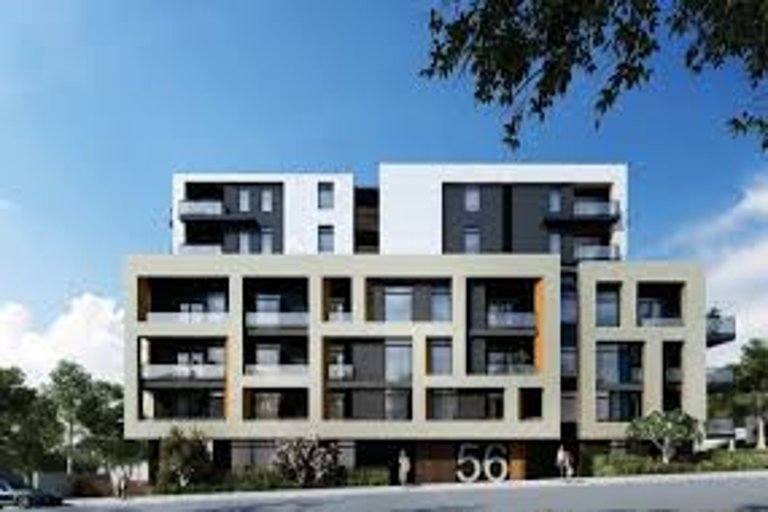Politics
NSW Budget to Prioritize Housing and Infrastructure
Treasurer announces a bold pivot in fiscal strategy focusing on affordable housing and critical road and rail developments.
13 May 2025 at 4:35 PM | By BridgeView Bulletin Editorial Team

In a sweeping financial shift, the New South Wales government has unveiled a state budget that places housing and infrastructure development at the center of its economic recovery strategy. Treasurer Daniel Mookhey announced the measures in Parliament this week, emphasizing that the new allocations aim to tackle the growing housing affordability crisis while laying the groundwork for long-term urban resilience.
The budget includes a $9.8 billion investment into public and affordable housing projects, with an emphasis on increasing stock in urban fringe areas and high-demand regions across Greater Sydney. The funds will support both the construction of new homes and the refurbishment of existing public housing units, with an added commitment to implement sustainable design standards in all new developments.
Another $11.4 billion has been earmarked for infrastructure initiatives, including upgrades to major transport corridors like the Western Sydney Airport metro line and expansions to the Pacific Highway. These projects are expected to generate over 80,000 jobs over the next four years and are intended to address bottlenecks that have long plagued the state’s rapidly growing population centers.
Mookhey noted that the budget also includes support for local councils to fast-track housing approvals, with $350 million allocated to streamline planning processes and digitize application systems. 'We cannot solve the housing crisis without making the system faster and smarter,' he said. The move is expected to significantly reduce backlogs and accelerate project timelines.
In addition to capital investments, the government will also launch a Housing Access and Support Fund aimed at renters and low-income households. This includes $200 million in rental assistance, eviction prevention programs, and expanded tenancy support services. Advocates have welcomed this element of the budget, calling it a ‘critical safety net’ for vulnerable populations.
Environmental groups praised the inclusion of green infrastructure and energy efficiency incentives within the transport and housing sectors. The budget sets aside $450 million for solar panel installations on public housing, electric bus fleet transitions, and new cycleways integrated into road redevelopment projects. The goal is to align infrastructure growth with the state’s climate commitments.
Opposition leaders have voiced concerns over the budget’s long-term debt trajectory, warning that ballooning infrastructure costs could burden future generations. In response, the Treasurer pointed to revised fiscal projections showing debt levels stabilizing by 2029, supported by new revenue mechanisms such as congestion levies and land tax reforms.
Public response to the budget has been mixed. While housing advocates and urban planners have largely applauded the bold investments, some community groups have raised concerns about the potential for displacement and gentrification in rapidly developing areas. Nonetheless, the budget marks one of the state’s most assertive efforts to date in rebalancing economic priorities toward livability and equity.